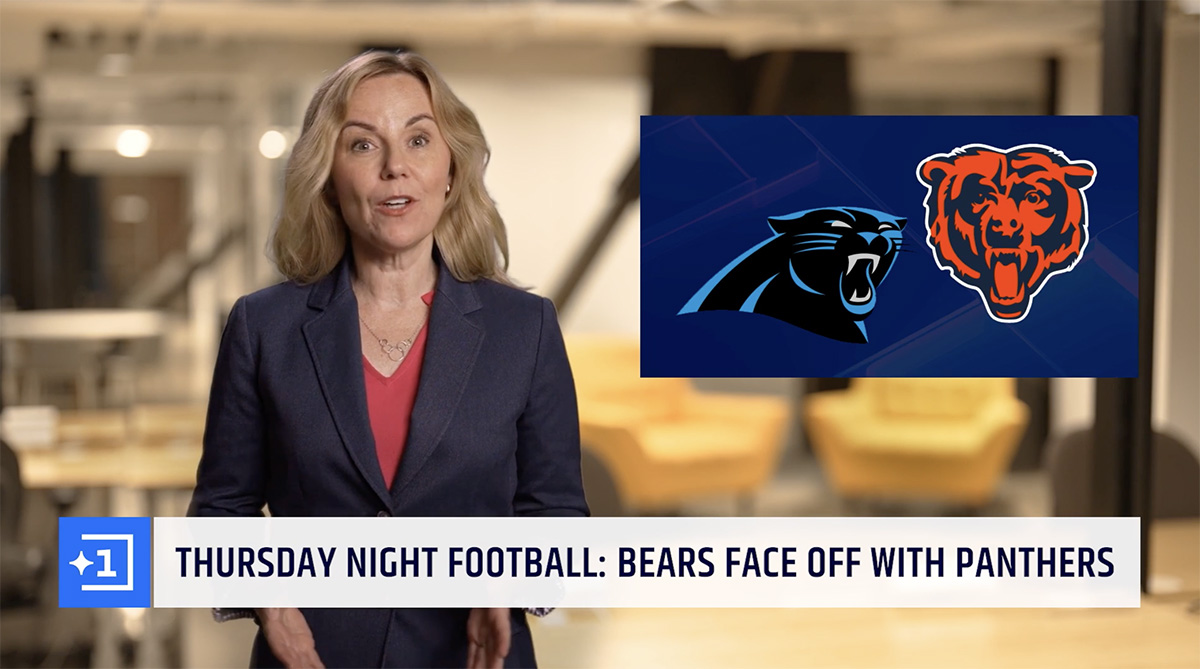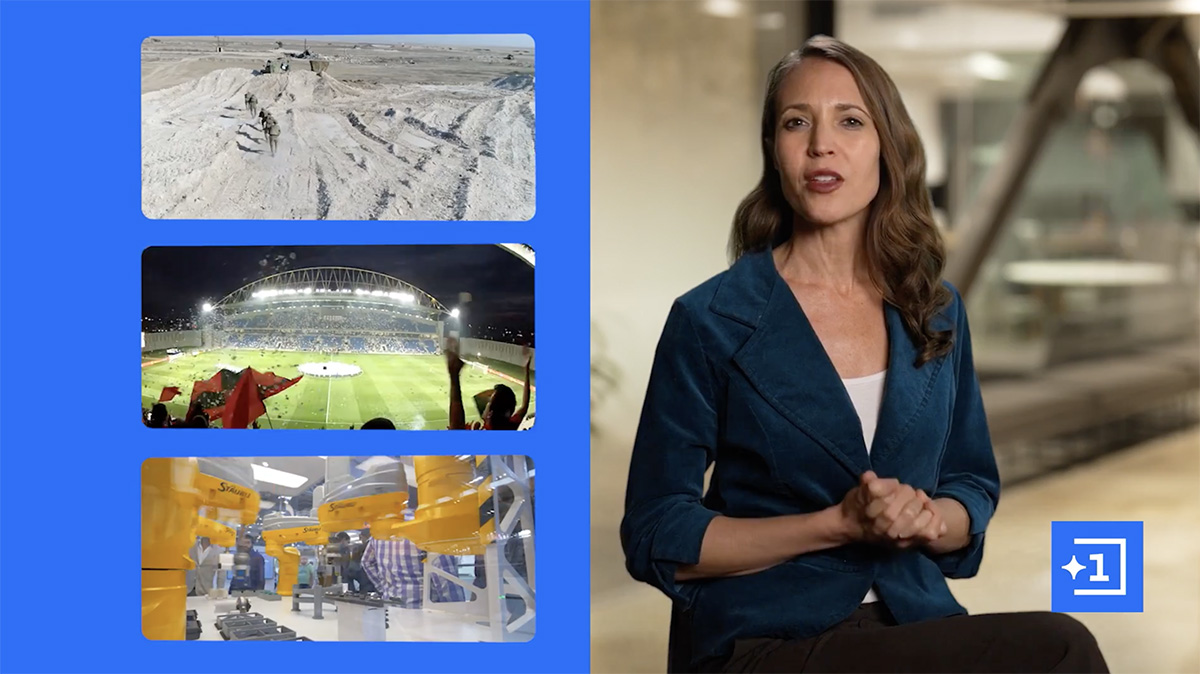Channel 1 launches AI-generated news: A new era in personalization or a step too far?

Subscribe to NCS for the latest news, project case studies and product announcements in broadcast technology, creative design and engineering delivered to your inbox.
Channel 1’s recent unveiling of an AI-generated news program, billed as a “personalized news network,” has sparked a fascinating debate inside the media industry and among watchers.
Led by producer and director Scott Zabielski and entrepreneur Adam Mosam, this initiative aims to introduce a new era in news broadcasting, blending AI’s capabilities with traditional journalistic values. But is this leap forward a cause for celebration or concern?
Channel 1 plans to launch in February 2024 on FAST services such as Tubi and Crackle and has released a 20-minute teaser, including a simulated newscast.
The video includes synthetic anchors created from scans of real people, with digitally generated voices that can speak in any language.
Promise and perils of AI in news

The concept is innovative: AI avatars deliver news sourced from established outlets like the Associated Press and Reuters.
However, using AI raises critical questions about authenticity and trust in media. And frankly, launching this in an election year raises even more questions.
While the technology offers unprecedented scalability and efficiency, it also brings the specter of deepfakes and misinformation. How can viewers discern between AI-enhanced storytelling and manipulated content?
For example, Channel 1 notes they will use AI image generation tools (such as MidJourney or DALL·E 3) to create visuals for stories that may not otherwise have imagery – such as a court case or for a high-profile meeting.
Channel 1 promises transparency, especially when AI-generated imagery supplements news stories. But does this assurance suffice in an era increasingly wary of ‘fake news’? The line between enhancing viewer understanding and potentially misleading them is razor-thin.
See the highest quality AI footage in the world.
🤯 – Our generated anchors deliver stories that are informative, heartfelt and entertaining.
Watch the showcase episode of our upcoming news network now. pic.twitter.com/61TaG6Kix3
— Channel 1 (@channel1_ai) December 12, 2023
What is the role of AI in journalism?
The introduction of AI anchors and generated content could significantly impact the media landscape… On one hand, it promises more personalized, diverse and accessible news. On the other, it risks diminishing the human element that grounds journalism in empathy and ethical judgment.
The creators’ ambition to produce up to 1,000 segments daily could also reshape news consumption patterns. However, this volume raises concerns about the depth of reporting and the potential for AI to prioritize quantity over quality.
With so much content, what helps Channel 1 rise above being just a video factory, pumping out carefully tuned stories that don’t have much meat or depth?
AI has potential in news to speed up workflows and is already being leveraged for production and automation behind the scenes. This endeavor, however, is the first to aim for the public-facing side of broadcast squarely.
Channel 1 is undoubtedly a bold step and a shot at breaking the uncanny valley.
It represents a significant technological advancement and a potential turning point in how we value human touch in journalism.
As we approach 2024, with AI’s role in media becoming more pronounced, it’s crucial to balance technological innovation with ethical considerations. The industry must navigate these waters carefully, ensuring that in our pursuit of the future, we don’t lose sight of journalism’s core values: truth, integrity, and accountability.
Subscribe to NCS for the latest news, project case studies and product announcements in broadcast technology, creative design and engineering delivered to your inbox.





tags
Artificial Intelligence, Channel 1
categories
Broadcast Industry News, Heroes, Streaming